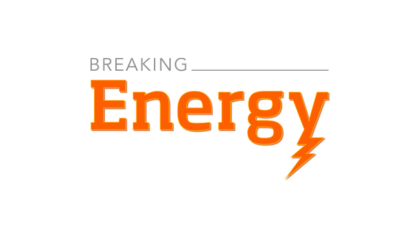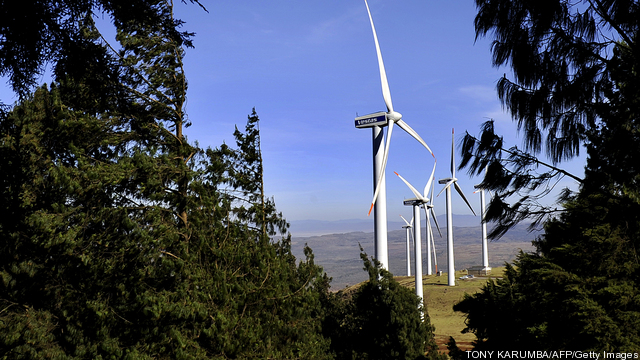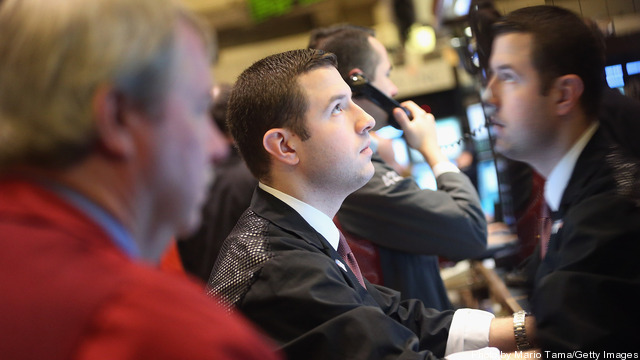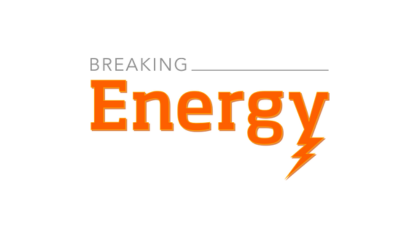
As presidential candidates prepare positions on energy policy, a coalition of U.S. citizen groups is calling for the phase-out of natural gas, coal and nuclear power in favor of a more aggressive adoption of renewable-energy sources.
Thirty-six local organizations who say they represent 1.1 million members reject President Obama’s “all of the above” approach to energy policy, saying it perpetuates the dominance of fossil fuels while avoiding what they call the “real solutions” of clean energy. Keep reading →

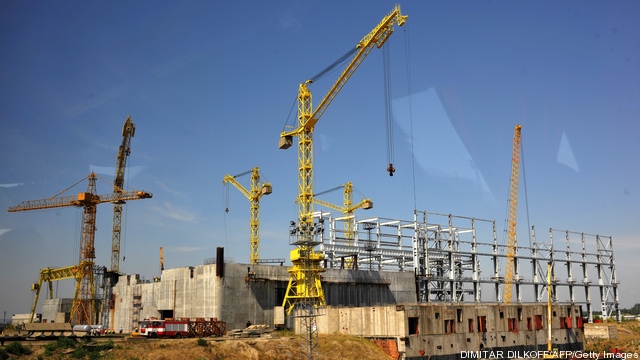
 Calling it the most comprehensive analysis of high-penetration renewable electricity in the continental U.S. to date, a new report from the National Renewable Energy Laboratory (NREL) says
Calling it the most comprehensive analysis of high-penetration renewable electricity in the continental U.S. to date, a new report from the National Renewable Energy Laboratory (NREL) says
